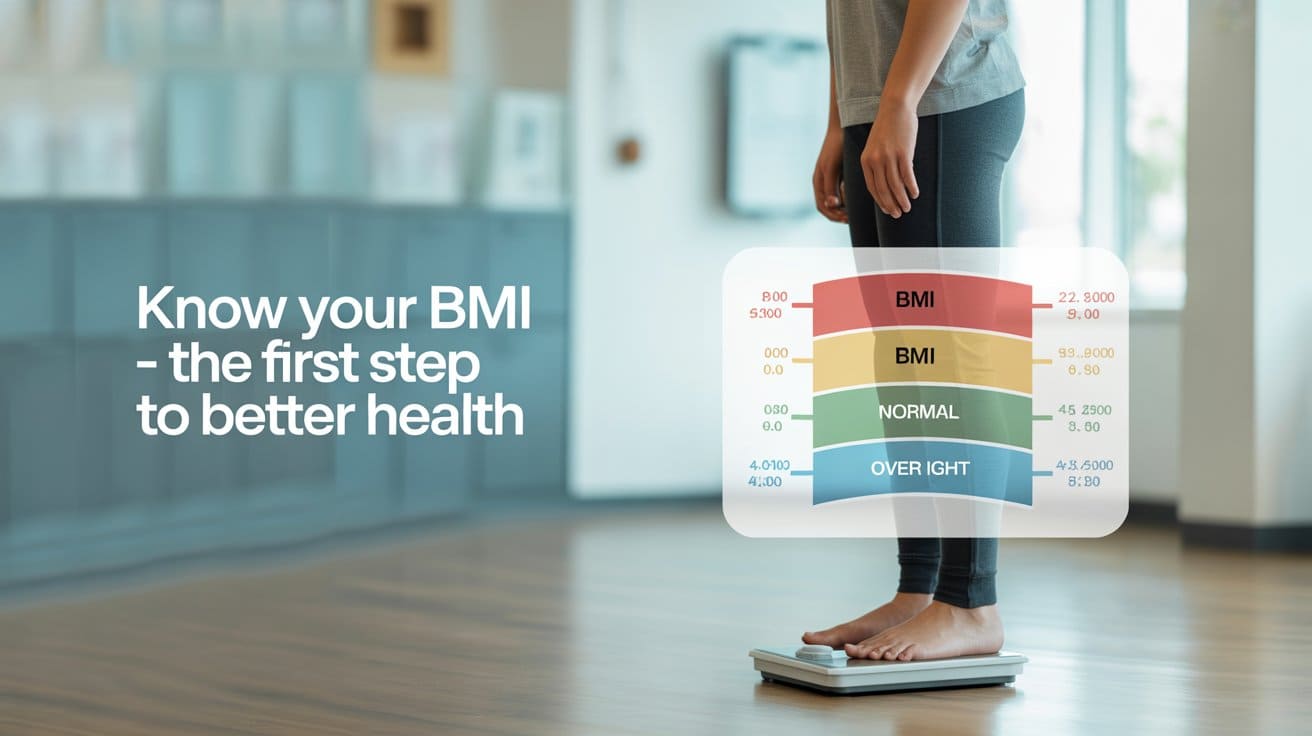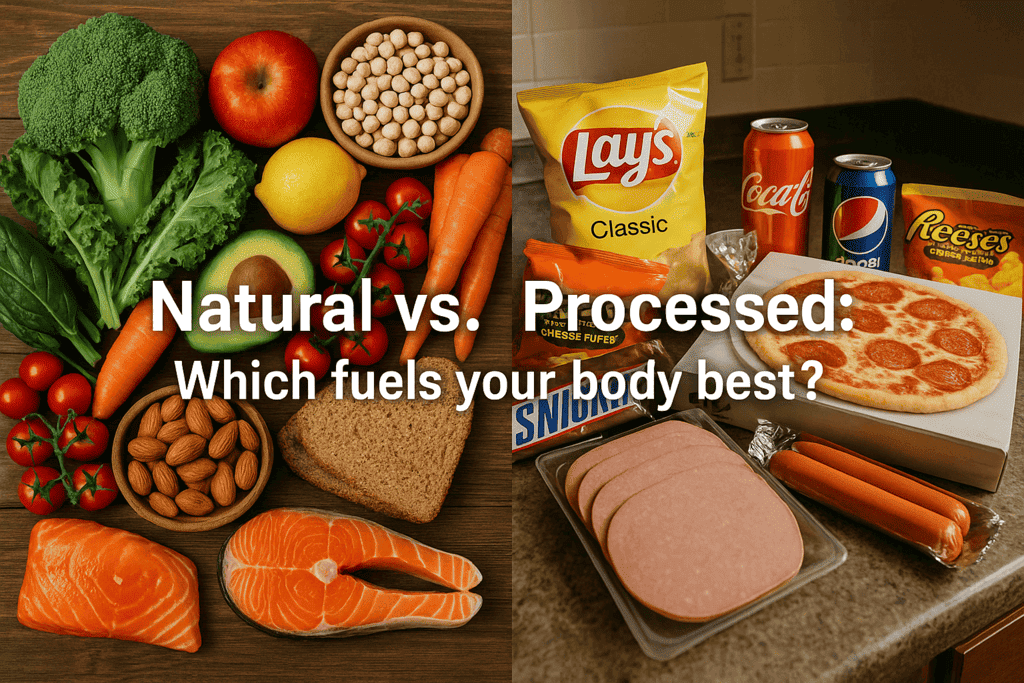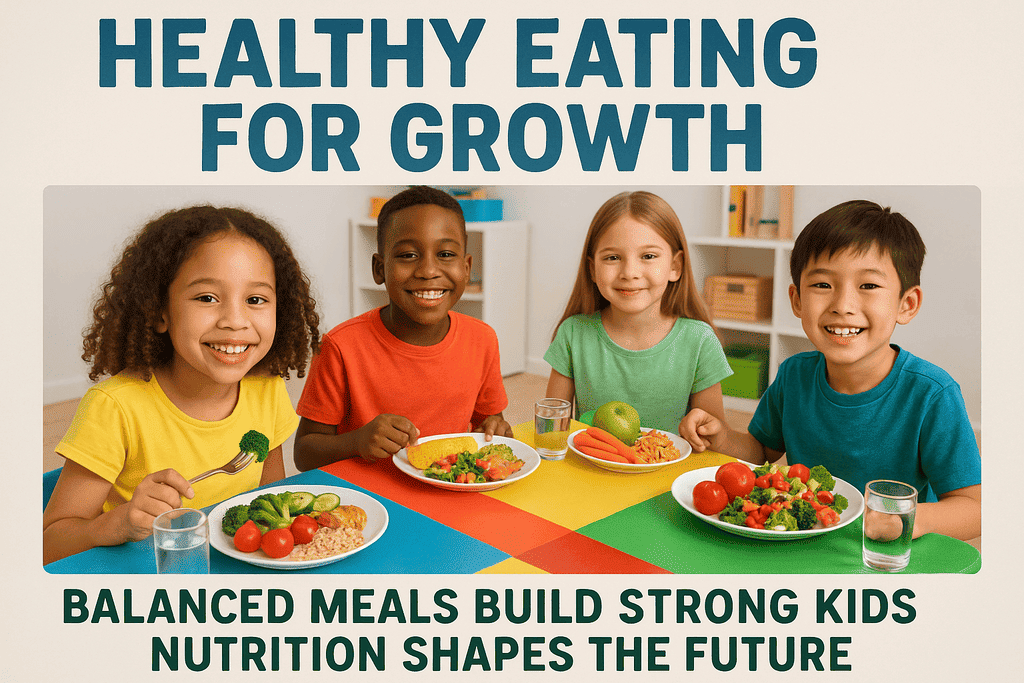Carrots and Sweet Potatoes : Beta-Carotene Promoting Healthy Skin and Vision in the Classroom
Introduction Bright orange vegetables like carrots and sweet potatoes are more than colorful lunchbox fillers — they are rich sources of beta-carotene, a plant provitamin A that the body converts into vitamin A. For school-age children and adolescents, adequate vitamin A availability supports vision (especially low-light vision), healthy skin and…
Healthy Eating Habits for a Smooth Transition from Summer to Fall
Introduction As daylight shortens and temperatures dip, your body subtly shifts, too: circadian rhythms adjust, vitamin D status can decline, cravings tilt toward warm and hearty foods, and routines change with school and work schedules. Building healthy eating habits now helps you ride this transition smoothly—supporting immunity, energy, mood, and…
Natural vs. Processed Foods : How to Choose the Right Diet for Your Body
Introduction Choosing the right diet is one of the most important decisions you make every day. With shelves full of packaged options and a growing body of nutrition research, understanding the difference between natural (whole) foods and processed foods helps you protect long-term health, manage weight, and support energy, skin,…
Healthy Nutrition for Children : The Foundation for Growth and Well-being
Introduction In the intricate tapestry of childhood development, nutrition serves as the cornerstone upon which physical, cognitive, and emotional well-being are built. The significance of providing children with a balanced and nutrient-rich diet cannot be overstated, as it influences their growth trajectories, immune resilience, and overall quality of life. Recent…










